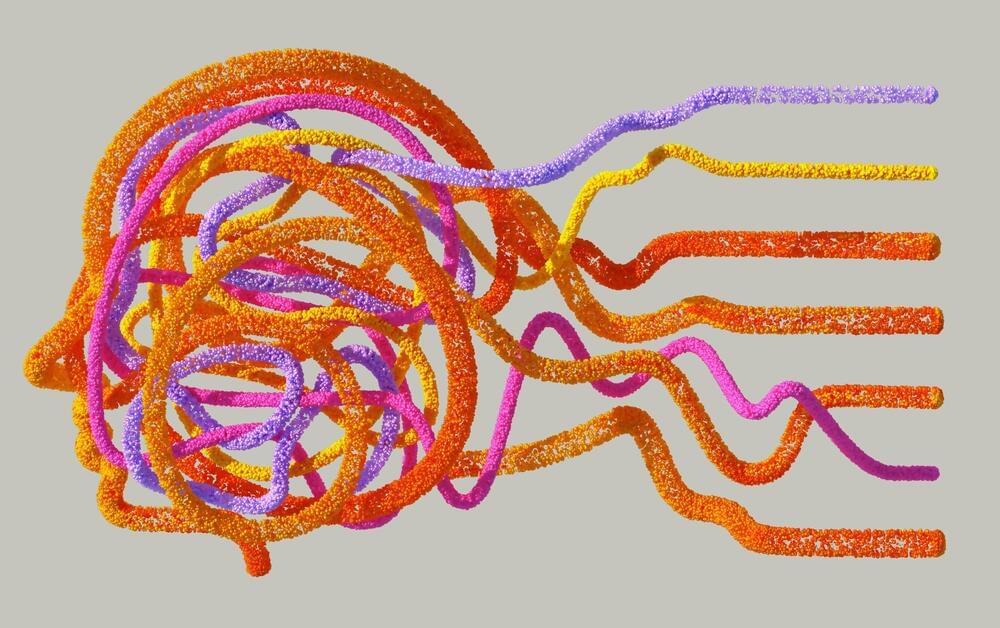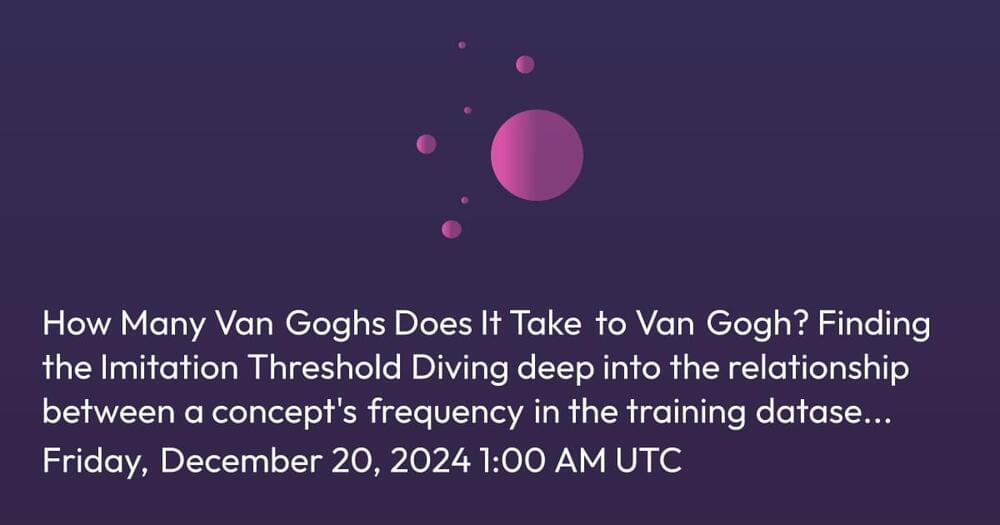
People with breathing problems during sleep may have a larger hippocampus, the area of the brain responsible for memory and thinking, according to a study published in the December 18, 2024, online issue of Neurology.
The study, which included mostly Latino people, also found that those with lower oxygen levels during sleep had changes in the deep parts of the brain, the white matter, a common finding of decreased brain health that develops with age.
Sleep disordered breathing is a range of conditions that cause abnormal breathing during sleep, including snoring and obstructive sleep apnea. Obstructive sleep apnea is when a person stops breathing five or more times per hour. When breathing stops, it can lower oxygen levels, affecting the brain.


















